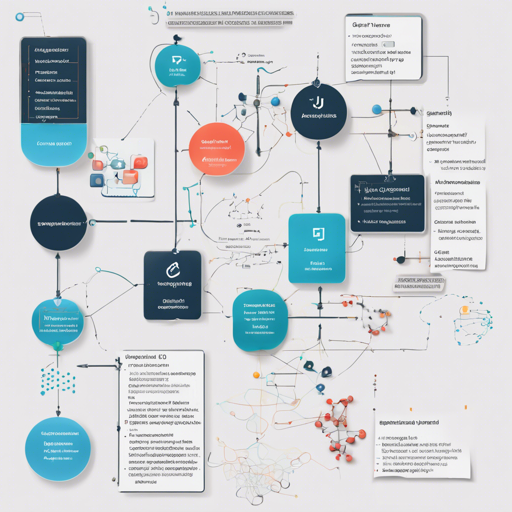Welcome to the exciting world of JGraphT, a robust Java class library that empowers you with a range of mathematical graph-theory objects and algorithms. This blog aims to make your journey into using JGraphT as smooth as possible. Let’s dive into the various steps to get started, utilize it, and troubleshoot any issues you may encounter along the way!
What is JGraphT?
JGraphT is essentially a toolkit for your graph needs in Java, helping you model relationships between data in the form of graphs. Imagine you have a social network where people are nodes, and friendships are edges—JGraphT helps you represent and manipulate these networks programmatically. It requires Java 11 or later, making it suitable for modern applications.
Getting Started with JGraphT
Follow these steps to integrate JGraphT into your project and start using its functionalities.
Step 1: Setting Up the Environment
- Ensure you have the latest JDK installed—version 11 or later is required.
- Download the JGraphT library from the [JGraphT website](https://www.jgrapht.org) or use Maven.
Step 2: Using Maven to Add JGraphT Dependency
If you’re using Maven, add the following lines to your `pom.xml`:
<dependency>
<groupId>org.jgrapht</groupId>
<artifactId>jgrapht-core</artifactId>
<version>1.5.2</version>
</dependency>Step 3: Running a Demo Application
To see JGraphT in action, navigate to the `lib` directory of your downloaded JGraphT files and run:
java -jar jgrapht-demo-x.y.z.jarUnderstanding JGraphT Code by Analogy
Using JGraphT can feel like constructing a large, intricate Lego set. Just as you would start with a base to build upon, in JGraphT, you begin with creating a graph instance. You can use various predefined blocks (vertices and edges) to build complex structures (graphs) that can represent different relationships or processes.
Each piece has its function — some serve as connectors (edges) while others represent entities (vertices). The library offers tools (algorithms) to visualize or manipulate the finished structure, making it as flexible and informative as possible.
Troubleshooting Common Issues
Like any software, you might run into a few bumps while using JGraphT. Here are some common issues and their solutions:
- Issue: Unable to find JGraphT on the Maven repository.
- Solution: Ensure that your `repositories` section in the `pom.xml` is correctly set to include snapshot repositories.
- Issue: Getting errors related to dependencies.
- Solution: Double-check if all required dependencies are included in your project as shown in the dependencies section above.
For more insights, updates, or to collaborate on AI development projects, stay connected with fxis.ai.
Documentation and Support
Refer to the Javadoc documentation included in the distribution for detailed guidance on classes and methods. Furthermore, you can access resources on the [JGraphT wiki](https://github.com/jgrapht/jgrapht/wiki) for comprehensive instructions and use cases.
Your Contributions Matter
If you find ways to improve the JGraphT library or have applications that you would like to share, consider sending your suggestions as pull requests on GitHub. Your contributions can benefit the entire community!
At fxis.ai, we believe that such advancements are crucial for the future of AI, as they enable more comprehensive and effective solutions. Our team is continually exploring new methodologies to push the envelope in artificial intelligence, ensuring that our clients benefit from the latest technological innovations.
Conclusion
Now that you’ve acquainted yourself with JGraphT, you are well-equipped to model complex relationships in your applications. Whether it’s enhancing data structures or analyzing networks, the possibilities are extensive. Get hands-on, and don’t hesitate to reach out for help when needed!

